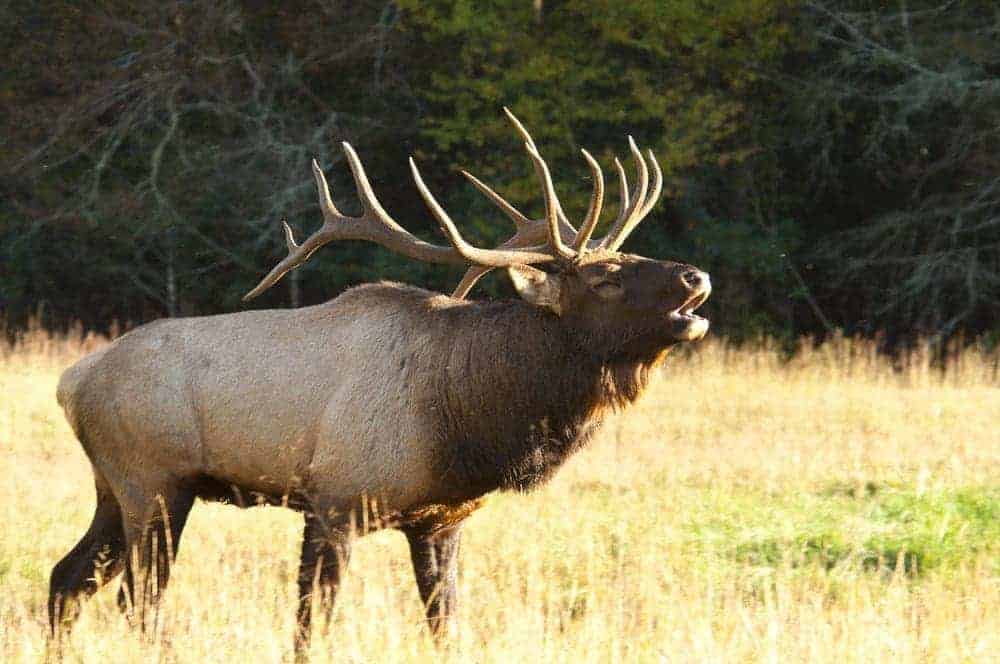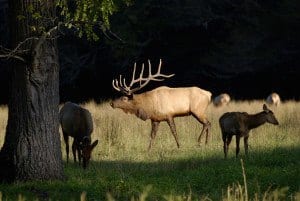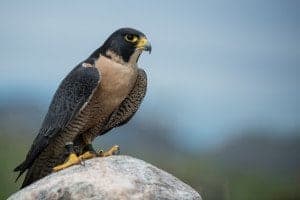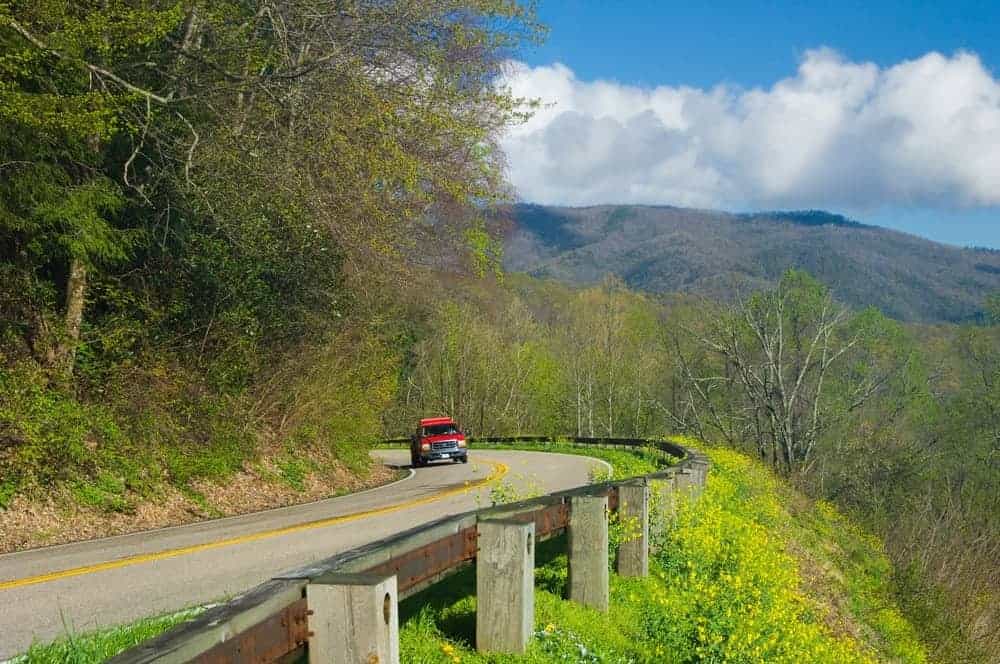
3 Animals in the Smoky Mountains That We Almost Lost Forever
As any visitor to the Great Smoky Mountains National Park can tell you, the Smokies are home to some of the most spectacular wildlife in North America! The park boasts 65 species of mammals, 67 varieties of fish, 80 types of reptiles and amphibians, and over 200 species of birds. People come from all over the country to catch a glimpse of these magnificent animals.
Protecting the park’s wildlife is no easy task. Some of the most popular animals in the Smoky Mountains were actually reintroduced by the National Park Service after the species were driven out of the area. Let’s take a look at three species in the Great Smoky Mountains National Park that we almost love forever.
1. Elk
For many years, the once plentiful elk were absent from the Great Smoky Mountains National Park. Over-hunting and loss of habitat led to the local extinction of the species. According to historical records, the last elk in Tennessee was killed in the mid-1800s and the last elk in North Carolina was killed in the late 1700s.
In 2001, the National Park Service launched a mission to reintroduce elk to the Smokies. 25 elk were relocated to the Great Smoky Mountains from the Land Between the Lakes National Recreation Area along the Tennessee-Kentucky border. In 2002, an additional 27 elk were brought to the Smokies from Elk Island National Park in Alberta, Canada.
Although the elk relocation program was experimental in nature, the results have been phenomenal. Today, there are about 200 elk in the Great Smoky Mountains National Park! Scientists initially monitored the entire herd with radio collars, but now only a sample of the population is tracked electronically.
Researchers were surprised to find that the elk’s main predator have been black bears and not coyotes. Over time, female elk have learned to protect their newborns from bears. A satellite herd actually emerged in Balsam Mountain, because the elk discovered that they were less likely to be attacked by bears in this region.
The Cataloochee area is the best place for elk viewing in the national park, with early morning and late evening being the ideal times. The majority of the herd lives in Cataloochee Valley, although a smaller group is known to live around the Oconaluftee Visitor Center.
(See Also: How to Safely View Elk in the Great Smoky Mountains National Park)
 2. Peregrine Falcons
2. Peregrine Falcons
Peregrine falcons are another one of the animals in the Smoky Mountains that made an impressive comeback with some help from the National Park Service. Capable of reaching speeds of 200 mph, this bird of prey is the fastest member of the animal kingdom!
By 1965, the effects of the pesticide DDT had decimated the Peregrine falcon population in eastern North America. To reintroduce the species back into the region, the National Park Service used a technique called “hacking”, in which young birds that were were raised in captivity are released into historic breeding grounds.
44 fledgling Peregrines were released from four sites in Tennessee from 1984 – 1993. In 1997, biologists recorded the first successful breeding pair in the state, and the Peregrine population has been on the rise ever since.
Wildlife lovers looking to see a Peregrine falcon in person should come to the Smokies between late September and early October. A pair of falcons is known to nest along the Alum Cave Trail.
3. River Otters
Popular for their fur, river otters in the Smokies were trapped to the point of local extinction. The last known sighting of a native otter was in Cataloochee Creek in 1936.
In 1986, scientists launched a mission to bring otters back to the Great Smoky Mountains National Park. The program started off slowly, with otters being gradually introduced over time. Here is a quick look at the project:
- (1986) 11 river otters were taken from North Carolina and released in Abrams Creek.
- (1988) 14 otters from South Carolina and Louisiana were released in the Little River.
- (1992) 6 otters were released in Cataloochee Creek, 4 in Hazel Creek, and 2 in the Little River.
- (1994) 100 otters from Louisiana were released in a variety of streams throughout the park, including the West Prong and Middle Prong of the Little Pigeon River, Big Creek, Deep Creek, Oconaluftee River, and Abrams Creek.
If you want to see these adorable animals in the Smoky Mountains, the creeks and rivers listed above are a great place to start. One of our favorite places to see river otters is along the trail to Abrams Falls in Cades Cove.
To learn more about everything to see and do in the Smokies, check out our Great Smoky Mountains National Park page!








